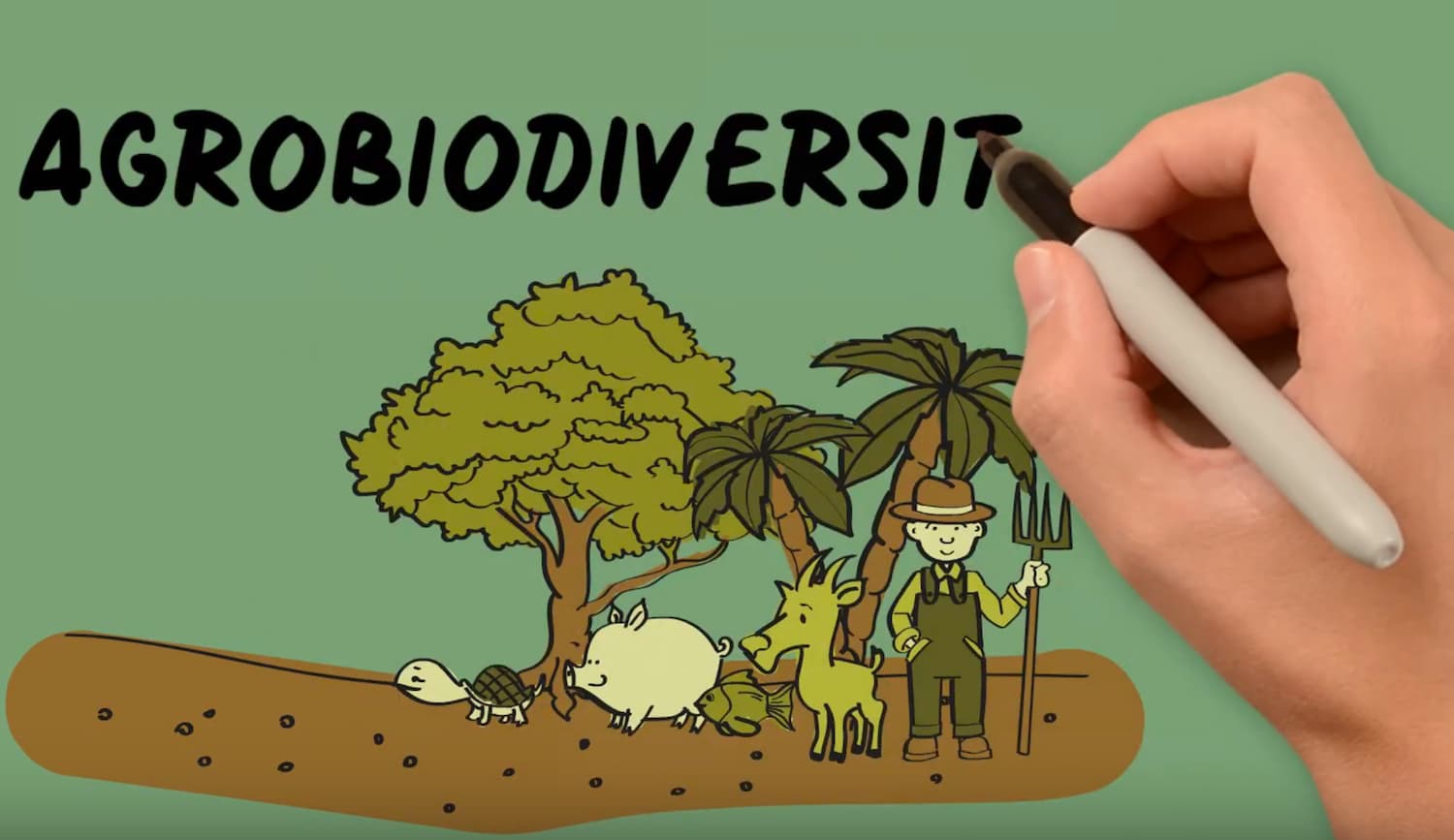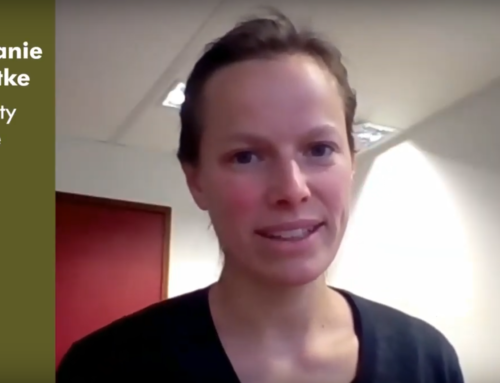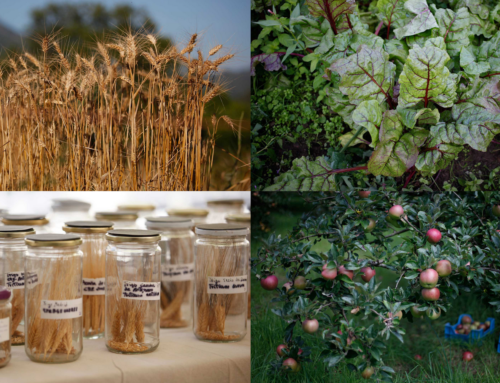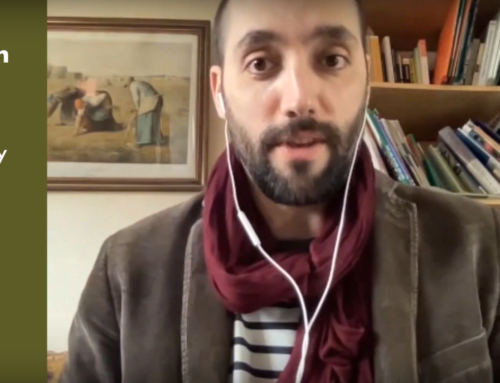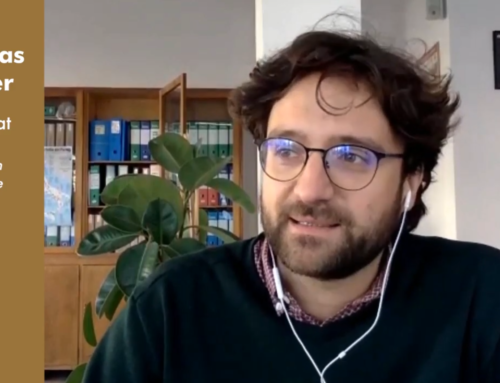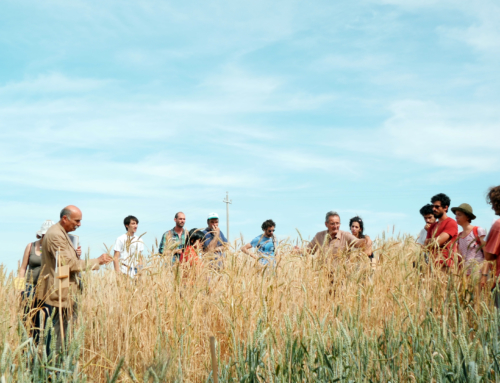Agrobiodiversity, local variety, seed systems, seed marketing rules, seed networks, participatory plant breeding, farmers’ rights, food systems, protected areas and crop wild relatives: these are key concept to understand the importance of low-input agriculture in the whole food chain, from seed to fork.
The DYNAVERSITY project realized a series of video scribing presenting these concepts in 2 minutes. Check them out!
Dynaversity video scribing #1: Agrobiodiversity
Today 66% of the world crop production is based only on 9 plant species, within 6000 cultivated for this purpose. But what is agrobiodiversity? And why is crop diversity in agriculture so important to promote food security?
Dynaversity video scribing #2: Local variety
About 10,000 years ago, agriculture was based on thousands of local varieties produced by the crop selection carried out by farmers. But things changed rapidly during the 20th century, with highly productive varieties which were genetically uniform and rely heavily on chemicals to meet their potential. Which are the consequences of this agrobiodiversity loss?
Dynaversity video scribing #3: Seed systems
What is a seed system? Which is the role of single seeds within the whole system? And what’s the difference between “formal” and “informal” seed systems? These are key questions to understand the building blocks of agriculture and the importance of agrobiodiversity in small-scale farming.
Dynaversity video scribing #4: Seed marketing rules
Selling seed on the market is not as simple as it might seem. What are the main seed marketing rules, and how are they applied? Here we explain the main steps of seed registration, certification and marketing implemented in Europe.
Dynaversity video scribing #5: Seed networks
Politics, scientific research, knowledge, marketing, access to diversity: these are the 5 main areas in which seed networks operate. How? And what is the meaning of “farmer seed network”?
Dynaversity video scribing #6: Participatory plant breeding
What is participatory plant breeding (PPB) all about? And how farmers and researchers can work together to the definition of new plant breeding programmes?
Dynaversity video scribing #7: Evolutionary populations
Evolutionary populations of crops are made up of plants which are genetically different from each other. But how can farmers create an evolutionary population? And what are the benefits over time?
Dynaversity video scribing #8: Farmers’ rights
The concept of Farmers’ Rights was born in the early eighties, and was formally recognized by the FAO Conference towards the end of the decade. How did the legislation evolved since then? And which are the main elements in peasants’ rights to seeds?
Dynaversity video scribing #9: Protected areas and crop wild relatives
Efforts to conserve genetic resources apply not only to cultivated crops but also to their wild cousins, called Crop wild relatives (or CWR for short) are the “wild cousins” of cultivated crops. Efforts to conserve genetic resources apply also to these wild plants, considered today sources of resistance. Find out why!
Dynaversity video scribing #10: Food systems
All the people and activities involved in the production and consumption of food products create the food systems. Find out more!


